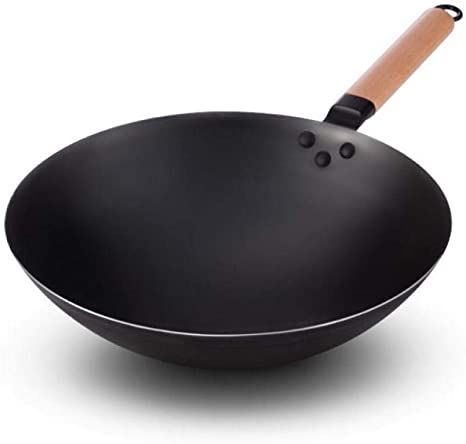Cooking is not just about the ingredients; it’s about the tools you use to transform them into culinary masterpieces. Pans, in particular, play a crucial role in the kitchen, acting as the canvas for your gastronomic creations. In this blog post, we’ll delve into the world of pans, exploring different types, their uses, and how choosing the right one can elevate your cooking to new heights.
1. The Essential Pan Arsenal: Every kitchen should boast a diverse collection of pans to cater to various cooking techniques. From frying pans to sauté pans, each serves a unique purpose. Let’s explore the essentials:
- Frying Pans: Versatile and indispensable, frying pans are perfect for everything from a quick stir-fry to a lazy Sunday morning omelet. Look for non-stick options for easy flipping and cleaning.
- Sauté Pans: With high, straight sides, sauté pans are ideal for dishes that require tossing and stirring. They’re excellent for browning, searing, and simmering.
- Sauce Pans: Essential for making sauces, boiling, and reheating, sauce pans come in various sizes. Invest in a set to cover all your liquid-cooking needs.
2. Material Matters: The material of your pan can significantly impact your cooking experience. Here are some popular materials and their advantages:
- Stainless Steel: Durable and resistant to rust, stainless steel pans are excellent for browning and deglazing. Look for those with an aluminum or copper core for even heat distribution.
- Cast Iron: A favorite among chefs, cast iron pans retain and distribute heat evenly. They’re perfect for slow-cooking, frying, and baking.
- Non-Stick: Ideal for low-fat cooking and easy cleaning, non-stick pans are great for delicate items like fish and eggs. However, they require gentle care to maintain their coating.
3. Choosing the Right Size: The size of your pan matters more than you might think. Using a pan that’s too small can overcrowd your ingredients, affecting the cooking process. Conversely, a pan that’s too large might lead to uneven cooking. Consider the recipe and the number of people you’re serving when selecting the size.
4. Maintaining Your Pans: Proper care ensures the longevity of your pans. Avoid using metal utensils on non-stick surfaces, season your cast iron pans regularly, and hand wash when possible. Each material has its unique care requirements, so be sure to follow the manufacturer’s instructions.

